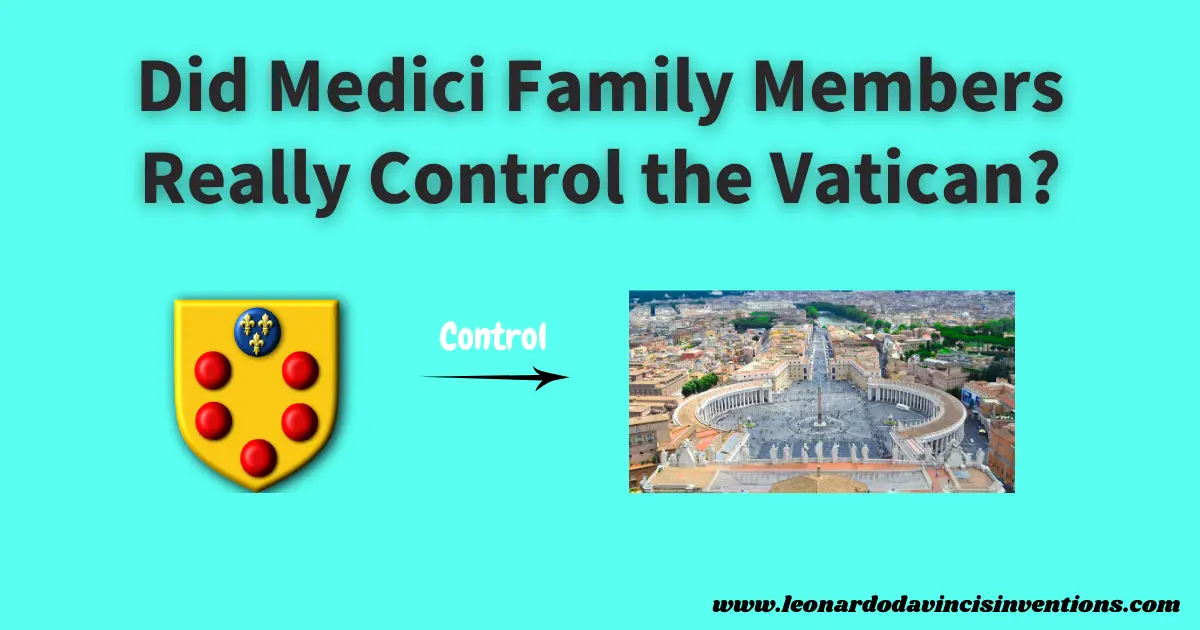
The Medici family has often been associated with the Vatican’s history, leaving many people uncertain about the extent of their influence over the Catholic Church.
You might wonder how this famous family used their power. You’re not alone if you’re confused about the facts or stories you’ve heard.
This article will help you understand what happened and reveal the connection between the Medici family and the Vatican.
The Medici family did not control the Vatican but produced four popes who played significant roles in the church’s leadership and politics.
Members like Leo X and Clement VII played a significant role in shaping religious and political decisions. Yet, they still operated within the larger framework of the Catholic Church, rather than as absolute rulers.
Their time in power reveals how families and faith could mix in Renaissance Italy.
Through their wealth and political skill, the Medici family became one of the most powerful families in Europe.
They married into royal families and held important jobs in Florence and beyond.
If you’re interested in how Cosimo de Medici, Lorenzo de Medici, Leo X, and Catherine de Medici influenced their time, understanding their relationship with the Vatican adds a new layer to their legacy.
The Rise of Medici Family Members in the Catholic Church
The Medici family’s journey from banking in Florence to power within the Catholic Church changed European religious and political life.
Their legacy of political intrigue, artistic patronage, and papal leadership shaped the course of the Italian Renaissance.
Cosimo de Medici and the Foundation of Medici Power in Florence
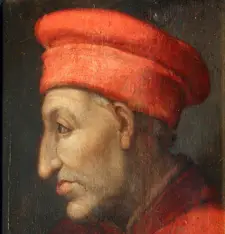
Cosimo de Medici, also known as Cosimo the Elder, established the Medici dynasty as rulers of Florence during the 15th century.
He used the wealth of the Medici Bank to support public works and intellectual life in Florence.
He became renowned for patronizing Renaissance art and architecture, commissioning notable buildings such as the Palazzo Medici Riccardi and supporting prominent scholars and artists.
His political strategies and alliances allowed the Medici family to dominate the Florentine government.
Cosimo built influence through wealth and by placing loyal supporters in key positions.
Under his leadership, Florence flourished as a banking, cultural, and scientific center.
Medici Bloodline: From Banking Family to Papal Influence
The Medici bloodline gradually expanded its reach from banking into religion.
Marriage alliances and loyal connections helped the Medici family establish connections with influential positions in the Church.
Their financial support for the Papacy strengthened their ties in Rome.
By the late 1400s, Medici descendants had become bishops and cardinals.
Their wealth and political power were essential in securing these roles.
The Medici’s involvement in papal elections and Church politics eventually allowed family members to claim the papal throne themselves.
As the Medici family history shows, their growing influence in the Catholic Church soon extended far beyond Florence.
Papacy Connections: Pope Leo X, Pope Clement VII, and Medici Descendants
Two members of the Medici family became popes: Pope Leo X (born Giovanni de Medici) and Pope Clement VII (born Giulio de Medici).
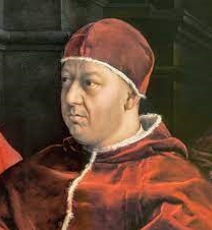
Leo X guided the Church during the early years of the Protestant Reformation and was known for his love of the arts and support of great thinkers.
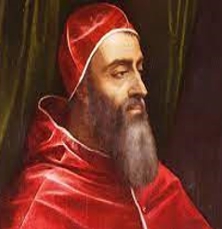
Clement VII faced a crisis during the Sack of Rome in 1527.
These Medici popes helped to extend their family’s religious influence and further tie Florence to Rome.
Their papal reigns marked the height of Medici influence in the Vatican and cemented the Medici dynasty as a force within the Catholic Church.
Medici Family Members’ Political Power and Influence in the Vatican
The Medici family’s ties to the Vatican shaped European history.
Their members rose to the papacy, bringing Florence’s wealth, art, and politics into Catholic leadership.
Their mix of banking power, personal alliances, and strategic marriages secured significant influence inside the Church.
Patronage, Political Intrigue, and the Medici Dynasty’s Control
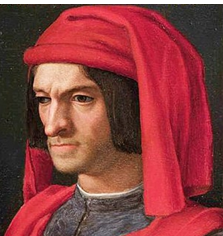
The House of Medici rose to prominence as a banking family in Florence, accumulating sufficient wealth to sponsor artists and influence politics.
Cosimo de Medici and Lorenzo de Medici used art sponsorship and patronage to win support among the elite.
Their family ties helped secure the election of two Medici popes: Pope Leo X and Pope Clement VII.
Medici popes directed Church policy, appointed family members to key positions, and used papal power to strengthen their dynasty.
The Medici dynasty’s involvement in controversies, including conspiracies and political intrigue, made them admired and feared throughout Europe.
Their use of power led to artistic growth during the Italian Renaissance, with Florence becoming a cultural and religious hub for the Catholic Church.
Medici Exile, Restoration, and Legacy in the Catholic Church
The fortunes of the Medici family shifted over time, marked by dramatic exiles and restorations.
During periods of Medici exile, Florence experienced political upheaval and instability.
Upon their return, Medici rulers reasserted their dominance in both secular and religious spheres.
The legacy of the Medici influence is still felt today.
Anna Maria Luisa de Medici, the last of the line, secured the family’s art collection for Florence, making collections like those in the Uffizi Gallery accessible.
Their impact on the Vatican is evident in their patronage of Renaissance art, promotion of church reforms, and even policies that affected rulers across Europe.
Rulers of Florence: How the Medici Dynasty Shaped the Papacy
As rulers of Florence, the Medici shaped many papal decisions.
By supporting the careers of future cardinals and popes—often relatives—they molded the political environment of the Catholic Church.
Their banking empire funded major Church projects, including building St. Peter’s Basilica.
With Pope Leo X and Clement VII, Medici ideals influenced Vatican art, education, and religious policy.
Family ties allowed them to influence the Medici interests in Church governance.
Their approach to rulership blended Florence’s humanism with the priorities of the Papacy.
Cultural Legacy and Controversies of the Medici Family Members
For centuries, the Medici family shaped Florence’s political, social, and cultural landscape.
Their reputation includes achievements in art and power struggles that led to scandal and decline.
Renaissance Art, Patron of the Arts, and the Uffizi Gallery
The Medici dynasty played a central role in the Italian Renaissance.
Cosimo de Medici transformed Florence into a hub for humanism and culture, supporting artists like Fra Angelico and Donatello.
Lorenzo de Medici, known as “il Magnifico,” sponsored Michelangelo, Botticelli, and Leonardo da Vinci, boosting their creative work.
They founded libraries, collected books, and sparked scientific interest.
Their patronage led to landmarks such as the Medici Chapel and the Florence Cathedral’s dome.
The family’s art collection, preserved by Medici descendants, formed the core of the Uffizi Gallery, one of the world’s most renowned museums.
Scandalous Affairs, Conspiracies, and Family Feuds in the Medici Genealogy
Family feuds and rivalries often plagued the Medici bloodline.
Assassinations and plots marked their rule, most notably the attempted murder of Lorenzo de Medici and the killing of Giuliano de Medici during the Pazzi Conspiracy.
Medici family members faced repeated exiles, betrayals, and the return of power.
Some ruled as Dukes of Florence and Grand Dukes of Tuscany.
The dynasty’s reach extended to the Catholic Church, with Giovanni de Medici becoming Pope Leo X and Giulio de Medici becoming Pope Clement VII.
Their political power garnered admiration and drew frequent allegations of corruption and scandalous affairs.
The Fall of the Medici: Extinction of the Medici Line and Anna Maria Luisa’s Legacy
The Medici Bank, once a symbol of economic power, collapsed due to financial mismanagement.
By the 18th century, the Medici bloodline faded as family members died.
Anna Maria Luisa de Medici, the last of her line, secured much of the Medici art for Florence before her death.
Her act ensured that the Medici cultural legacy would remain in the public domain.
This allowed Florence to retain its treasures, including works in the Uffizi Gallery, thereby strengthening the city’s identity as a center of art and history long after the House of Medici ended.
Frequently Asked Questions
The Medici family significantly influenced Renaissance Florence and played a pivotal role in European history.
Many questions remain about their wealth, power, and the fate of their dynasty.
Are there any Medici families today?
There are no direct male Medici descendants alive today.
The main Medici line died out in the 1700s, and the family name no longer continues through the original bloodline.
Some may claim a distant connection, but the historic Medici family is considered extinct.
Who inherited the Medici fortune?
After the last Medici ruler, Anna Maria Luisa de Medici, died, much of the family’s wealth and art collection was left to Florence.
She signed a pact that kept the Medici treasures in Florence for public enjoyment, ensuring their legacy lived on locally.
Who was the most famous member of the Medici family?
Lorenzo de Medici, known as “Lorenzo the Magnificent,” is the most famous member of the Medici family.
He led Florence during its cultural heyday and supported artists such as Michelangelo and Botticelli.
Cosimo de Medici and Catherine de Medici are also well-known for their influence in politics and culture.
Why did the Medici family fall?
The Medici lost power through political struggles, expensive wars, and a lack of strong heirs in their later generations.
Other powerful families and shifting European politics made it difficult for the Medicis to maintain control of Florence.
What was the dark side of the Medici family?
The Medici family was sometimes involved in bribery, corruption, and political murder.
They worked behind the scenes to manipulate Florentine politics and were known for suppressing enemies.
Some Medici popes were also criticized for their wealth and questionable choices.
How did the Medicis lose their money?
The family’s wealth declined because they overspent and made poor loan decisions. Later, the Medici generations struggled to manage the banking empire. The famous Medici Bank collapsed, which reduced the family’s fortune.
Why did the Medici bloodline end?
The last official Medici, Anna Maria Luisa, died in 1743 without children. Years of intermarriage and the lack of male heirs ended the family line.
How much would the Medici be worth today?
If we adjust their wealth to today’s value, the Medici family would be worth billions. Their banking empire, land holdings, and art collection made them some of the wealthiest people in Renaissance Europe.
Which Medici died of syphilis?
Alessandro de Medici, the first Duke of Florence, is believed to have died from assassination. Some reports say syphilis contributed to his health problems. Syphilis was common among European royals in the 1500s and sometimes affected powerful families.
Are there any living descendants of Mary, Queen of Scots?
Mary, Queen of Scots, has living descendants, but not through the Medici family. Her lineage continued through her son, King James VI and I.
This line leads to the British royal family. The Medicis did not marry directly into Mary’s bloodline.
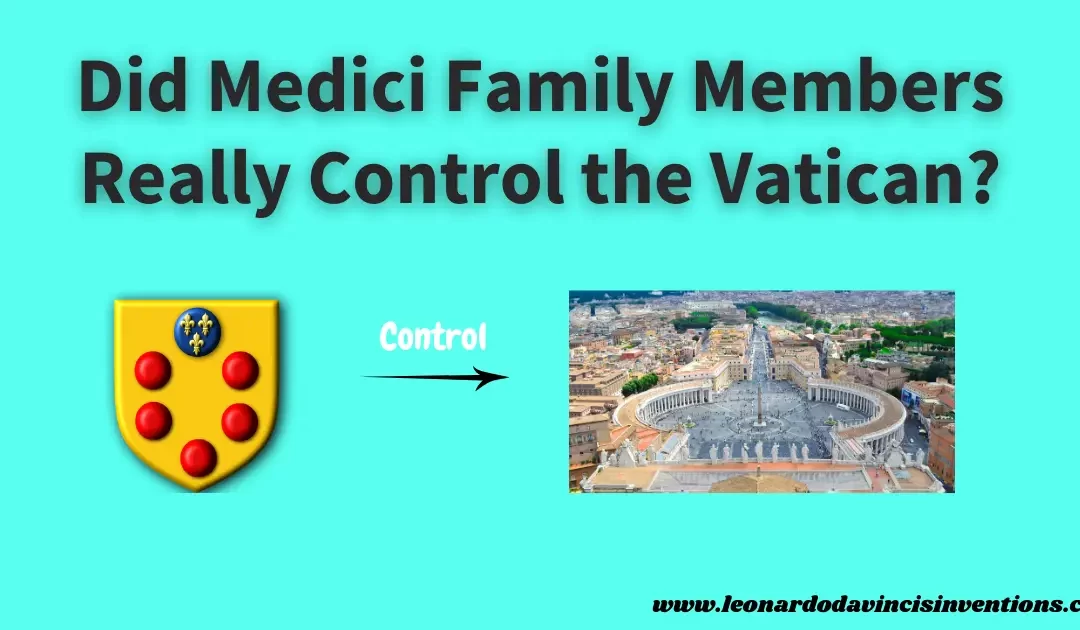
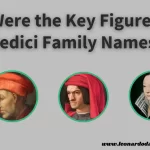

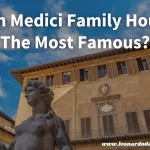
 Leonardo Bianchi,
the creator of Leonardo da Vinci's Inventions.
Thank you for visiting
Leonardo Bianchi,
the creator of Leonardo da Vinci's Inventions.
Thank you for visiting